Who Is Christian Von Koenigsegg?
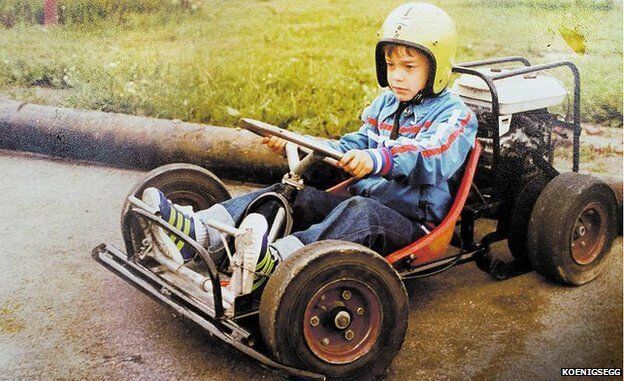
1972
Christian Von Koenigsegg is born in Stockholm, the son of wealthy entrepreneur & business minded parents
1977
At age 5, Christian watches “Pinchliffe Grand Prix”, a clay stop-motion film about a Norweigan bicycle repair man named Reodor who builds a supercar for Le Mans, and wins the race against all odds. The supercar bug is caught.
“I thought that was real. In the back of my mind I always
had it that a bicycle repairman built this amazing car.”
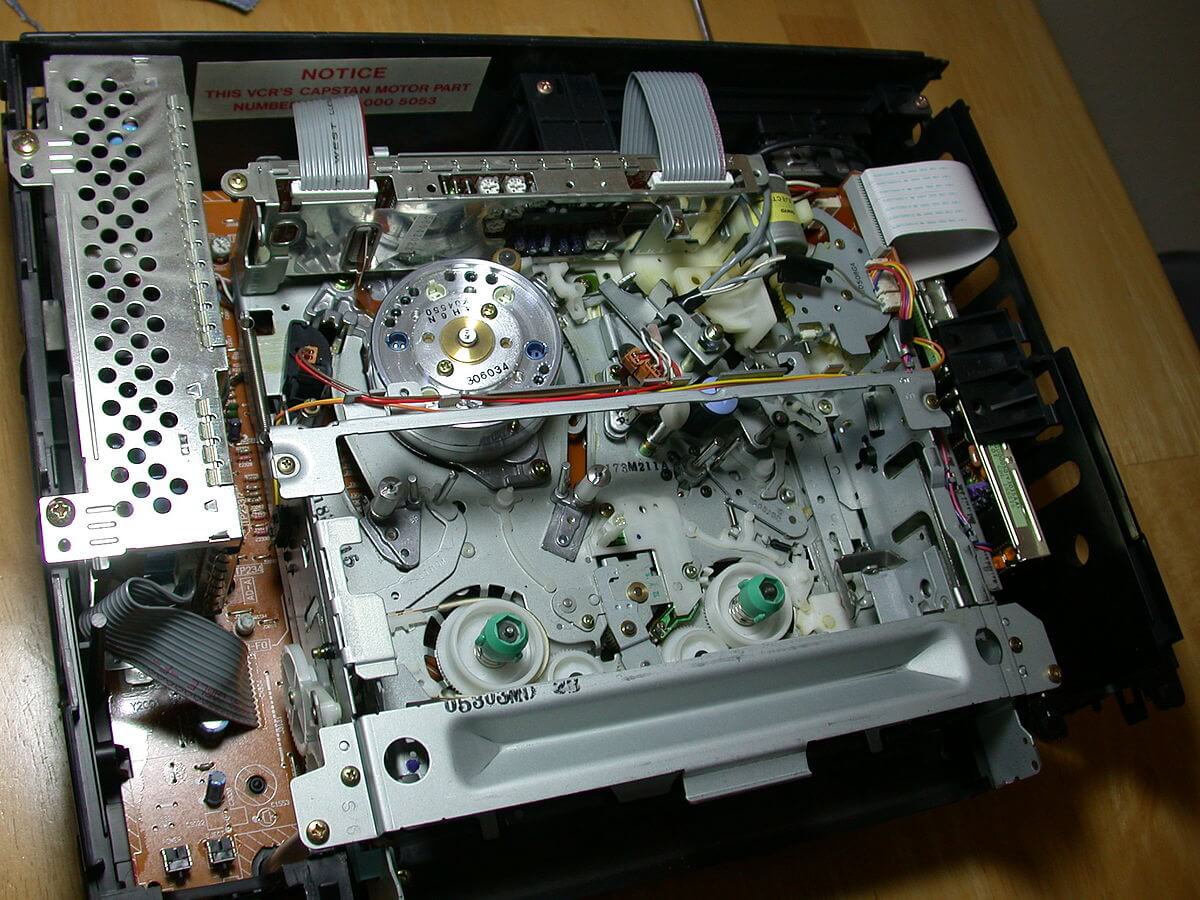
1979
Age 7, got his first soldering kit from Dad and built his first radio-controlled car. Was also pulling apart take recorders, VCR’s and anything electronic & mechanic to see how it worked.
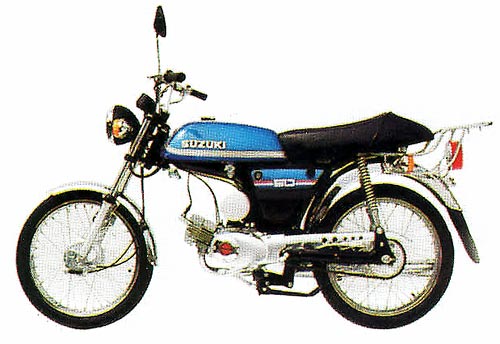
1980
Age 8, parents bought a small motorcycle which Christian tore apart, rebuilt and then went on to sell (along with a few more like it). Already the business man.
1984
Age 12, Gets his first moped – a Suzuki K50 and learns how to tune it. Using this knowledge he’d buy a moped, “make it look good, make it go faster, sell it and buy another one”. By age 15, Christian becomes the local moped tuner with a stable of 12 mopeds.
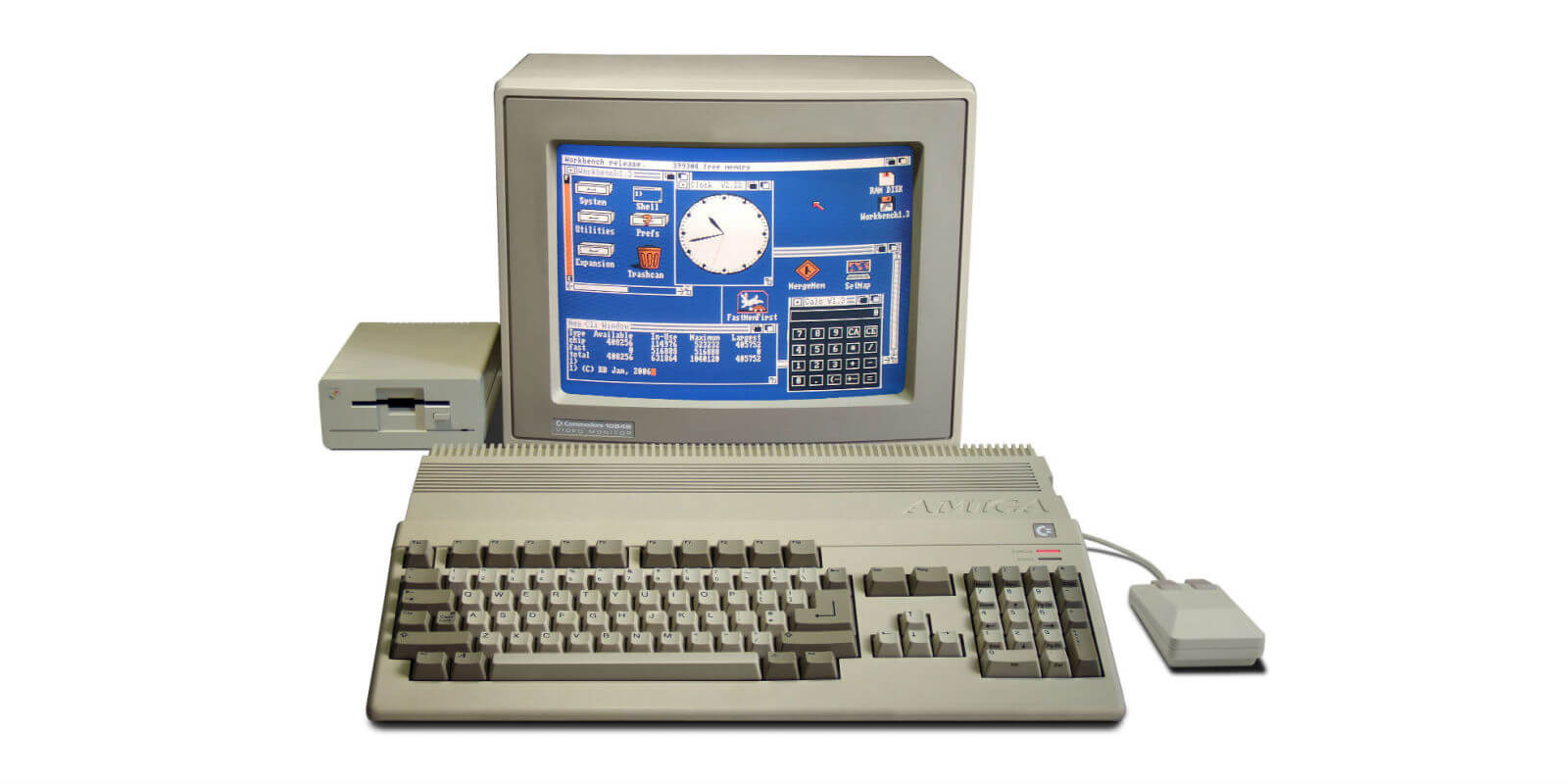
1985
Age 13, gets a tiny 2.5 metre long boat called Spitfire which has a 5-15 horsepower motor. Christian goes and puts a 35 motor on it (and a stereo…and some lanterns…and a horn). Sells that too.
Around this time Christian starts drawing cars on the two computers the family owned, a Commodore 64 and an Amiga 1000…

1991
Whilst studying at the Scandinavian School of Business, Christian meets his future wife-to-be, Halldora.
Realises if he wants to start a car company he’s going to need money. Plus he also has a few ideas he wants to patents. Starts a trading company selling all manner things: frozen chickens from the USA into Estonia and mis-spelt plastic bags into Eastern Europe. Has an office in Stockholm. Things go well, he makes some money.
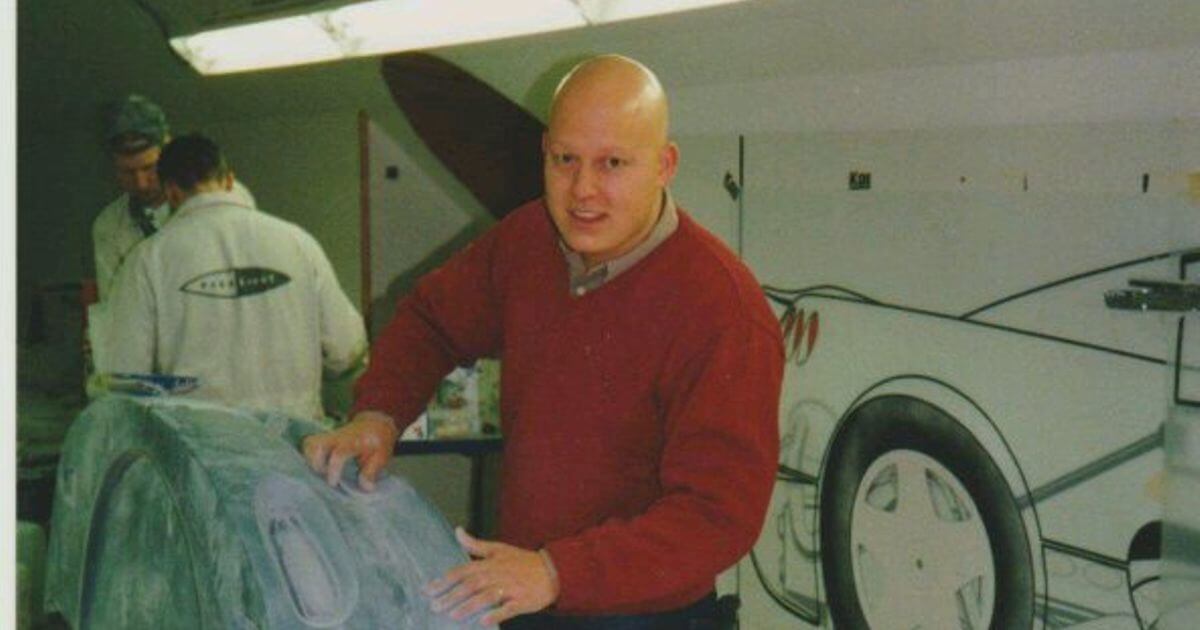
1994
Ticks off “entrepreneur” on his list. Asks himself what he REALLY wants to do.
12th August 1994
Aged 22, Christian decided to take action on a childhood dream. He wanted to build a car and start a car-making factory. Koenigsegg Automotive AB is founded.
“The plan I had to build cars was pretty much the opposite of what people usually think is a smart business idea. Nobody was asking for it. It was seemingly impossible. It was expensive. Nobody had ever come from nothing and done it successfully before. So it was a stupid business idea, basically. An impossible plan. And that’s why I liked it. I wanted to prove to myself and everyone else that anything is possible if you put your mind, heart and soul into it. I really believed that and still do.” – Christian Von Koenigsegg
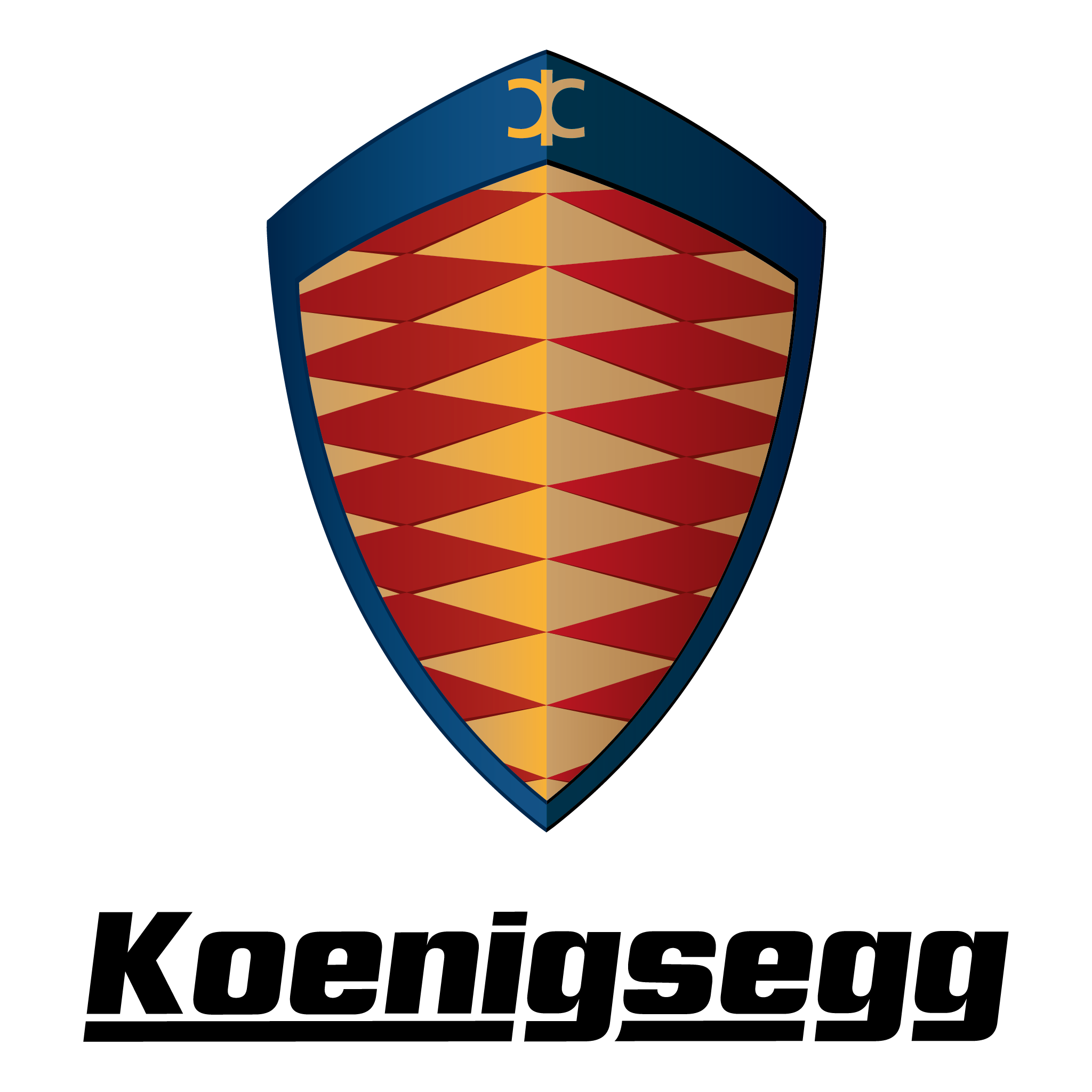
1994
Jacob Låftman designs the Koenigsegg badge, based on the Koenigsegg coat of arms, which has been in the family since the 12th century.
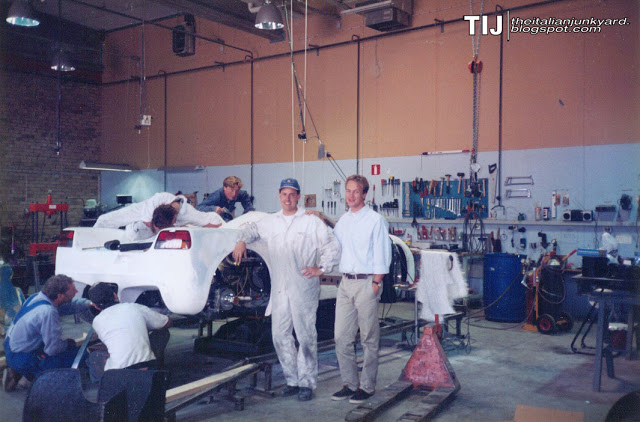
1995
Wrote a business plan with his business partner Mikael (who stayed with the company for 2 years before moving onto other ventures) and applied for a 1.5 million crown loan (approx. $150,000) from the Swedish Board for Technological Development. The loan was granted, much to their surprise, under the provision they move to a high-unemployment area.
Are promised a 1500sqm property but it won’t be available for another 18 months.
Move into a 400sqm garage in Olofström in the meantime and bring on a few local skilled craftsmen. Landlord of the 1500sqm property ends up giving the lease to Volvo so Koenigsegg are forced to move elsewhere.
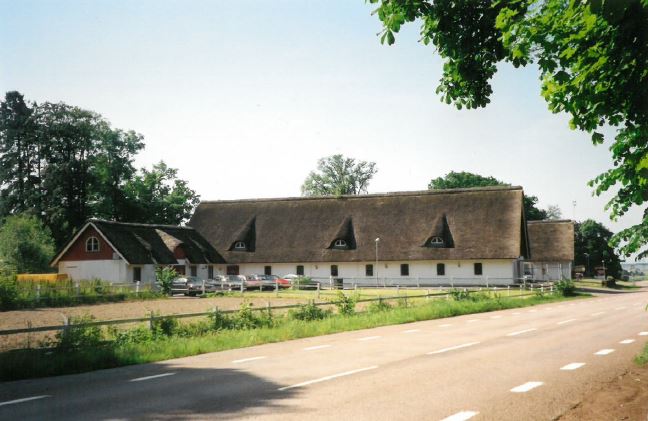
1995
Decide to relocate to Ängelholm, a place that Christian had spent many summers at throughout his childhood. Discovers the local car dealership he had visited often to stare through the glass at the cars, was available. They rent half the space at first before expanding to the full property and eventually buying it. Move into the factory at Margretetorp.
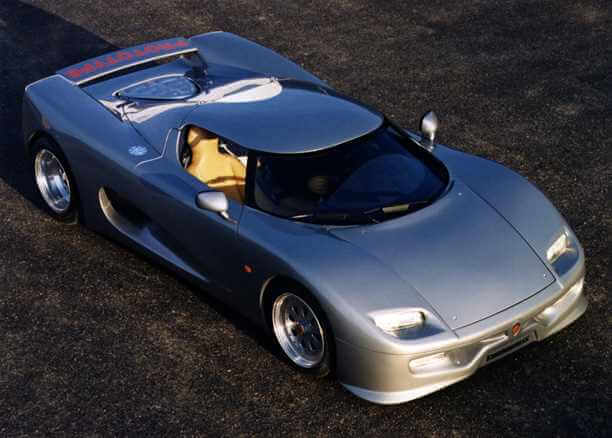
1996
After two years in the making, the Koenigsegg concept car is finally driven in public for the first time by Rickrd Rydell at the Anderstorp race track.
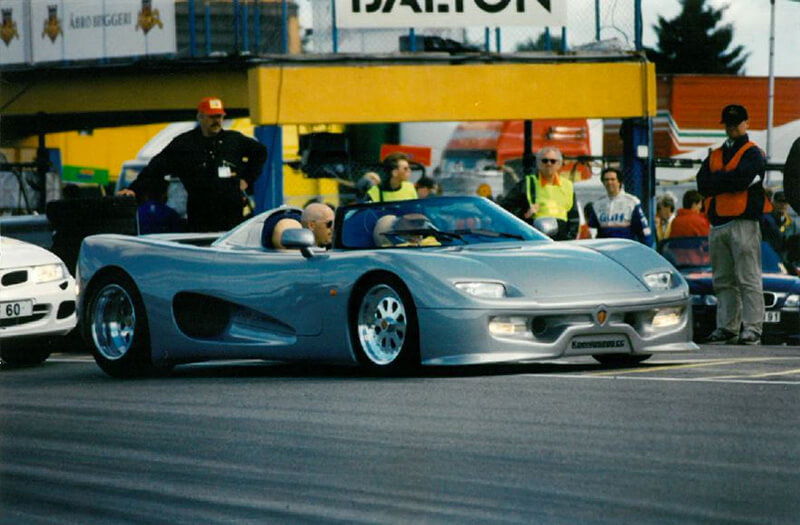
1997
Success at Cannes
The Koenigsegg CC prototype made a debut at the Cannes Film Festival to much applause. Media success on top of the pleasing test results meant Koenigsegg could surge forward in creation phase.
1995 – 1997
2Years
Spent developing a space frame and composite prototype
1.5 millionCrowns
The loan they had exhausted2
2Clay Modelers
From England who had worked on Lamborghini & Jaguar projects join the team
14.2 Audi
V8 engine used for the prototype

1997
Kjell Nilsson, a former vice-president of Electrolux believed in the concept of Koenigsegg so much that he signed on as chairman of the board and gave of his time freely to the young startup. “He opened a lot of doors for us” .
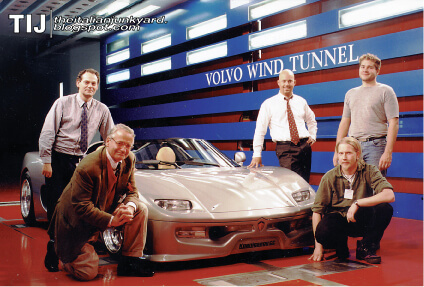
1997
Collaboration at its finest: Saab engineers donated their skills in relation to engine management and Volvo agreed to shares in Koenigsegg in exchange for test-track and wind-tunnel use. They were also able to offer expertise in a multiple of areas and introductions amongst Sweden suppliers.
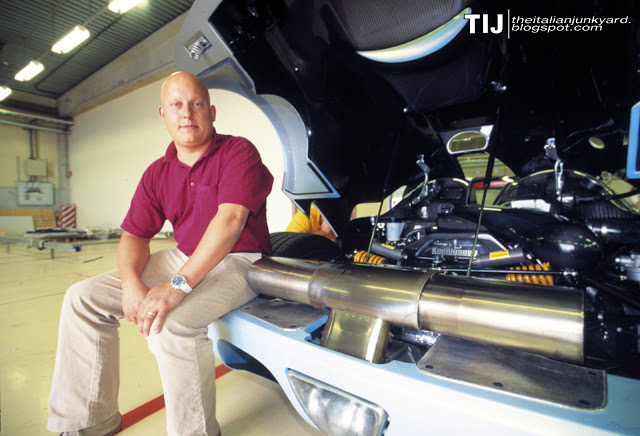
1998
IT Boom in Scandinavia. Everyone wants in and money is literally walking in the door. Koenigsegg gains 30 shareholders.
“Strangers would walk through the door and say, “How can I help?” and they would write a cheque.”
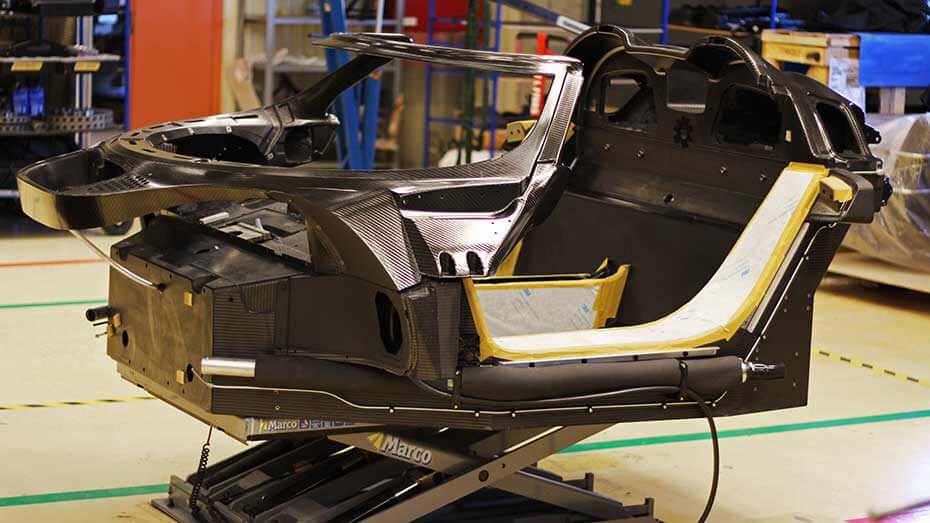
1998
Somewhere in Sweden, an American composite engineer by the name of James Glaser makes a call to Koenigsegg: Hey can I work on your project? James, who had previously worked for Newman/Haas Racing, had moved to Sweden with his Swedish wife in 1996 and was ready to sink his teeth into something new.
“Jim is very skilled at working with big composite pieces. He changed the way the chassis is put together”
And thus the CC chassis was born.
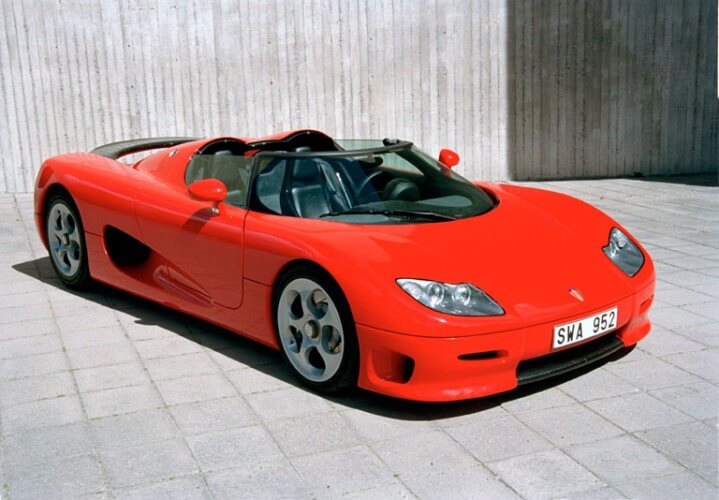
1998
First pre-series production CC8S developed
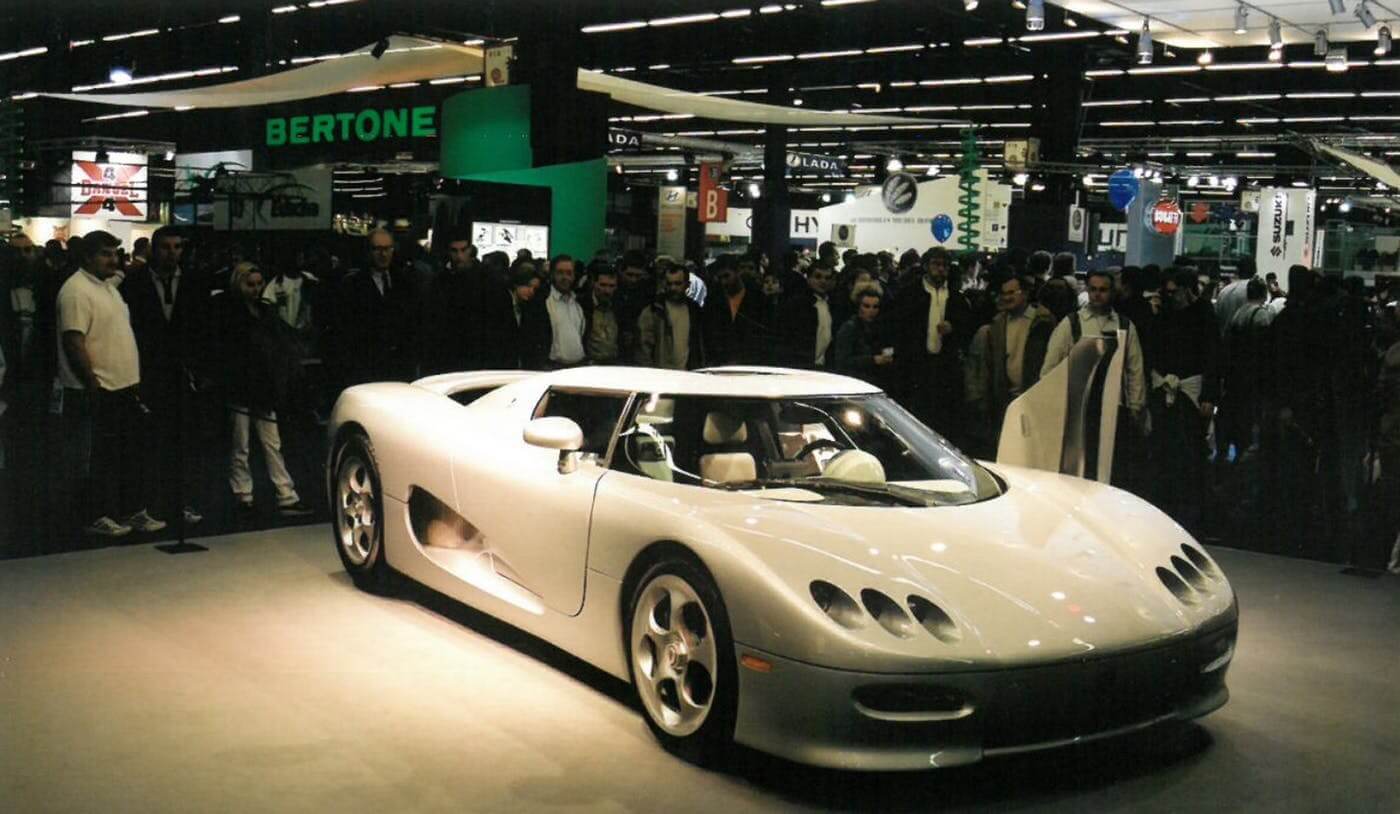
2000
Christian & Halldora married.
First CC edition displayed at the Paris Autoshow (would still take another 2 years to acquire the necessary European certification).
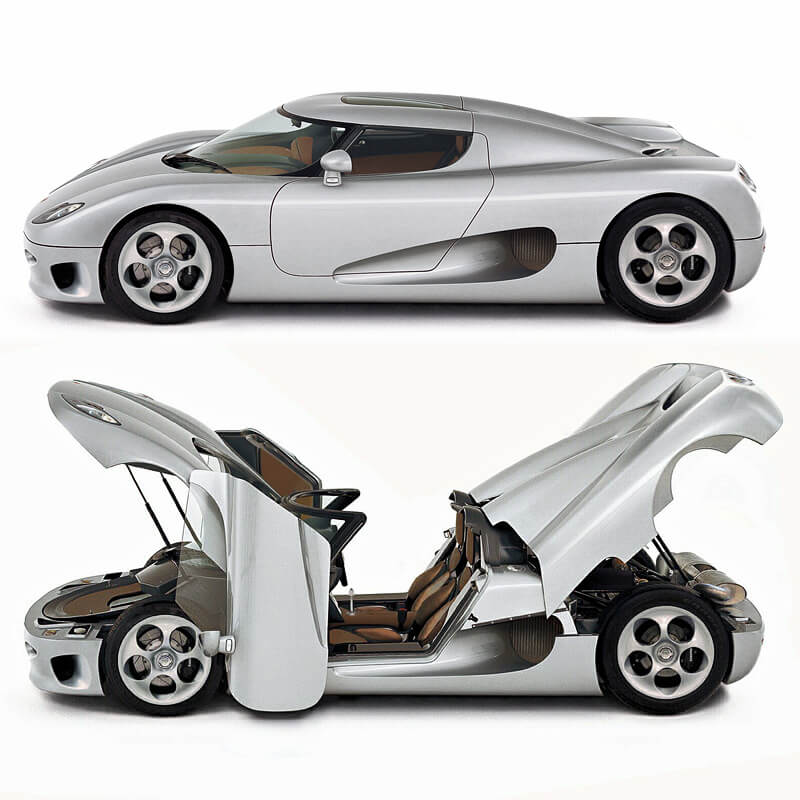
2002
First CC8S delivered to a customer (the CCR version briefly held the record for the world’s fastest production car until the Veyron showed up).
22nd February 2003
Fire destroys the original Koenigsegg factory but they manage to save most of the equipment. Planned to rebuild original factory but it was going to take too long. Local Mayor mentioned nearby aircraft hanger by airfield and they were able to move in.
Unfortunately Christian loses all of his old sketches and car drawings from his childhood right up until when they started Koenigsegg.

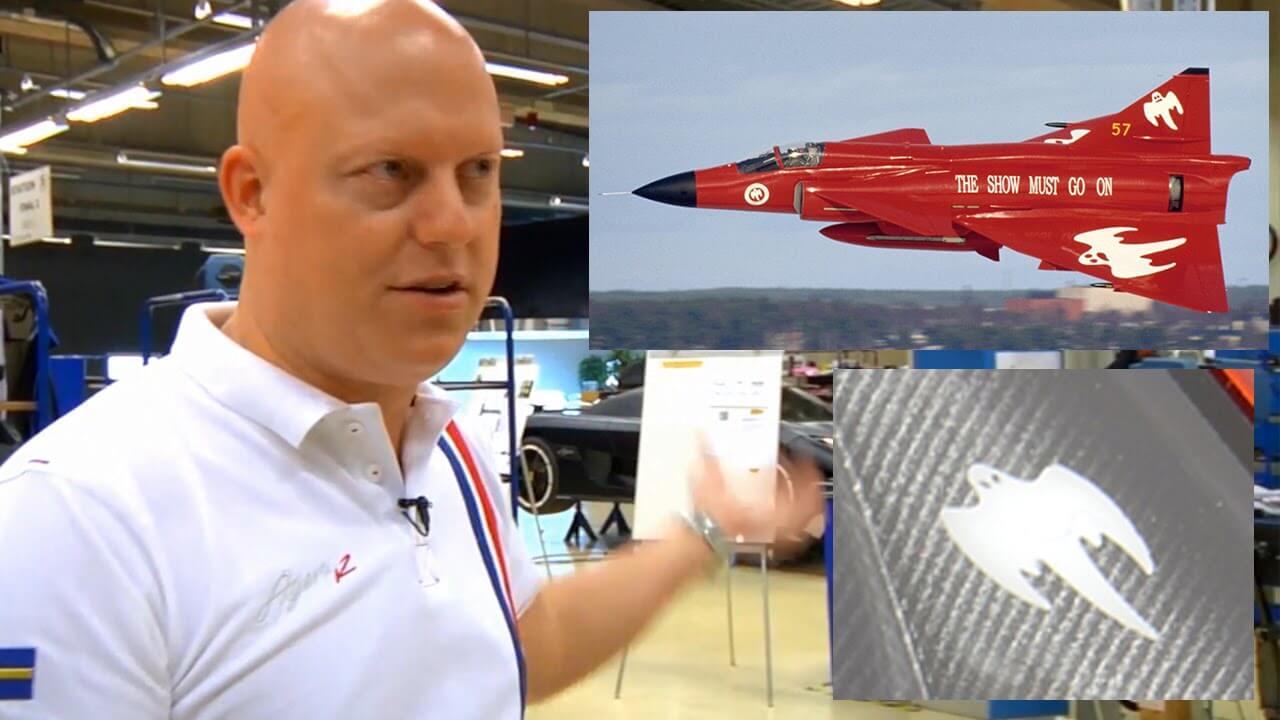
2003
The Ghost logo becomes a part of Koenigsegg. The original squadron that had lived in the hanger were known as the “Ghosts” as they took off before dawn and came back at night, they were heard but no-one ever saw them. The Ghost symbol was painted on the aircraft and hanger with the slogan “The Show Must Go On”. Then the show stopped for them.
When Koenigsegg moved in some of the people working with the airplanes asked if they could continue the tradition and put a ghost symbol on the cars so that “the show can go on”.
Koenigsegg honoured that and any car built in the Angelholm facility will be given a Ghost mark.
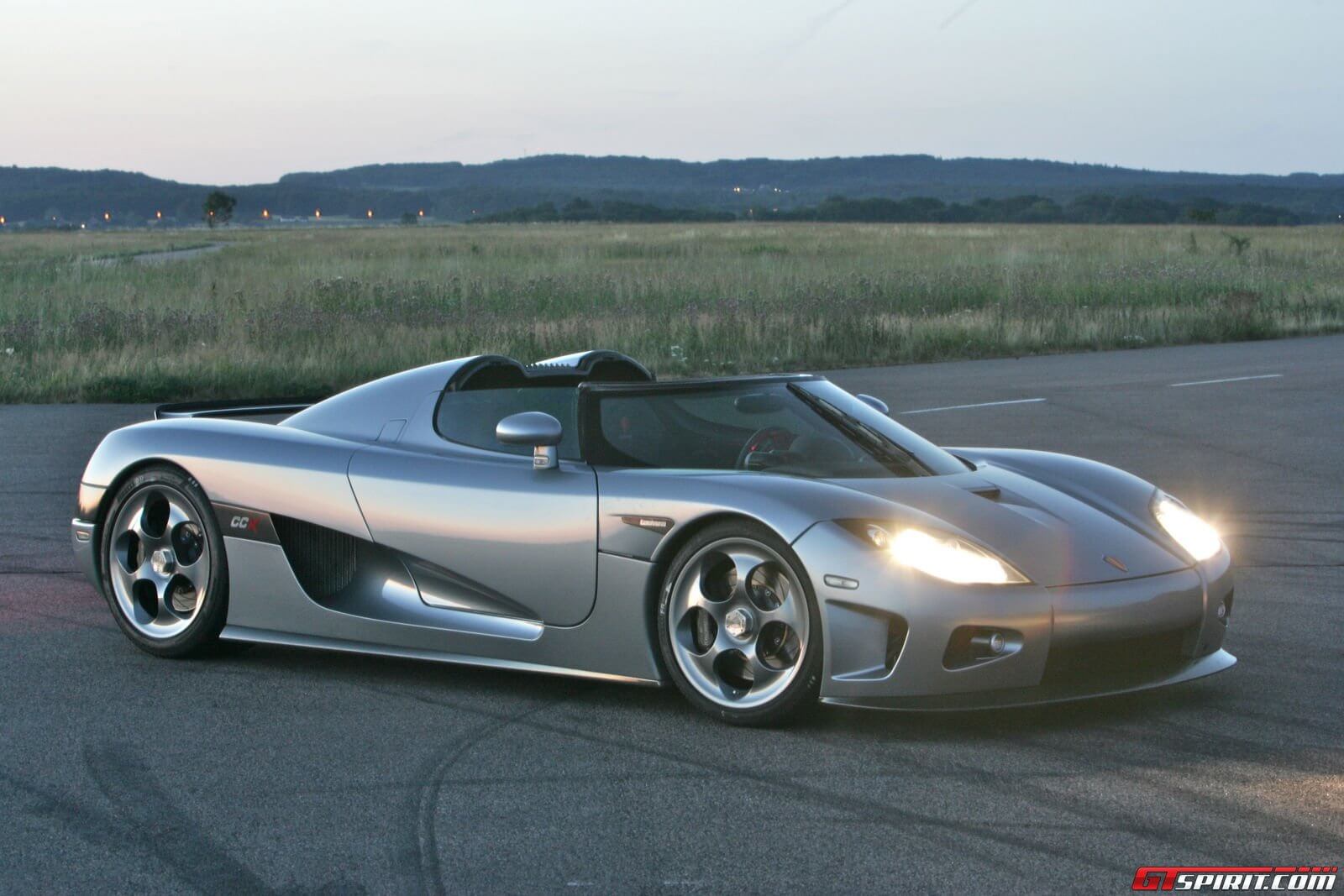
2006
Recognised the demand for Koenigsegg in the USA and start modification of design to fit the regulations.
Also begin production of the street-legal Koenigsegg CCX.
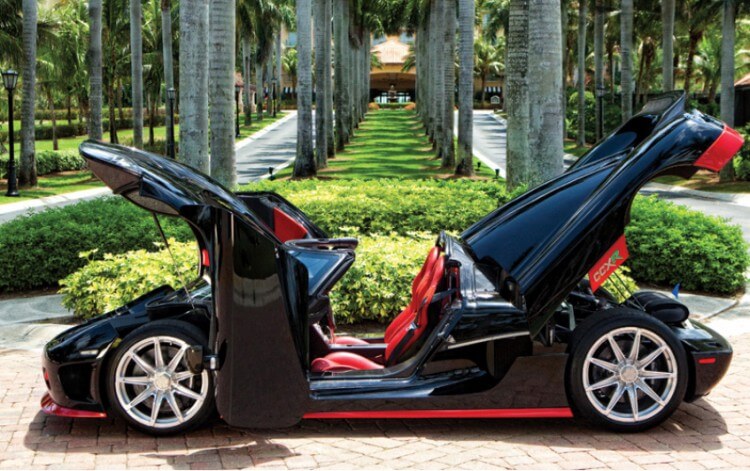
2007
Sold 17 cars in a year, which was a record at the time.
Also launched the world’s first “green” supercar – The Koengisegg CCXR which could run on either regular fuel, E85 (85% ethanol) or a mixture of both.
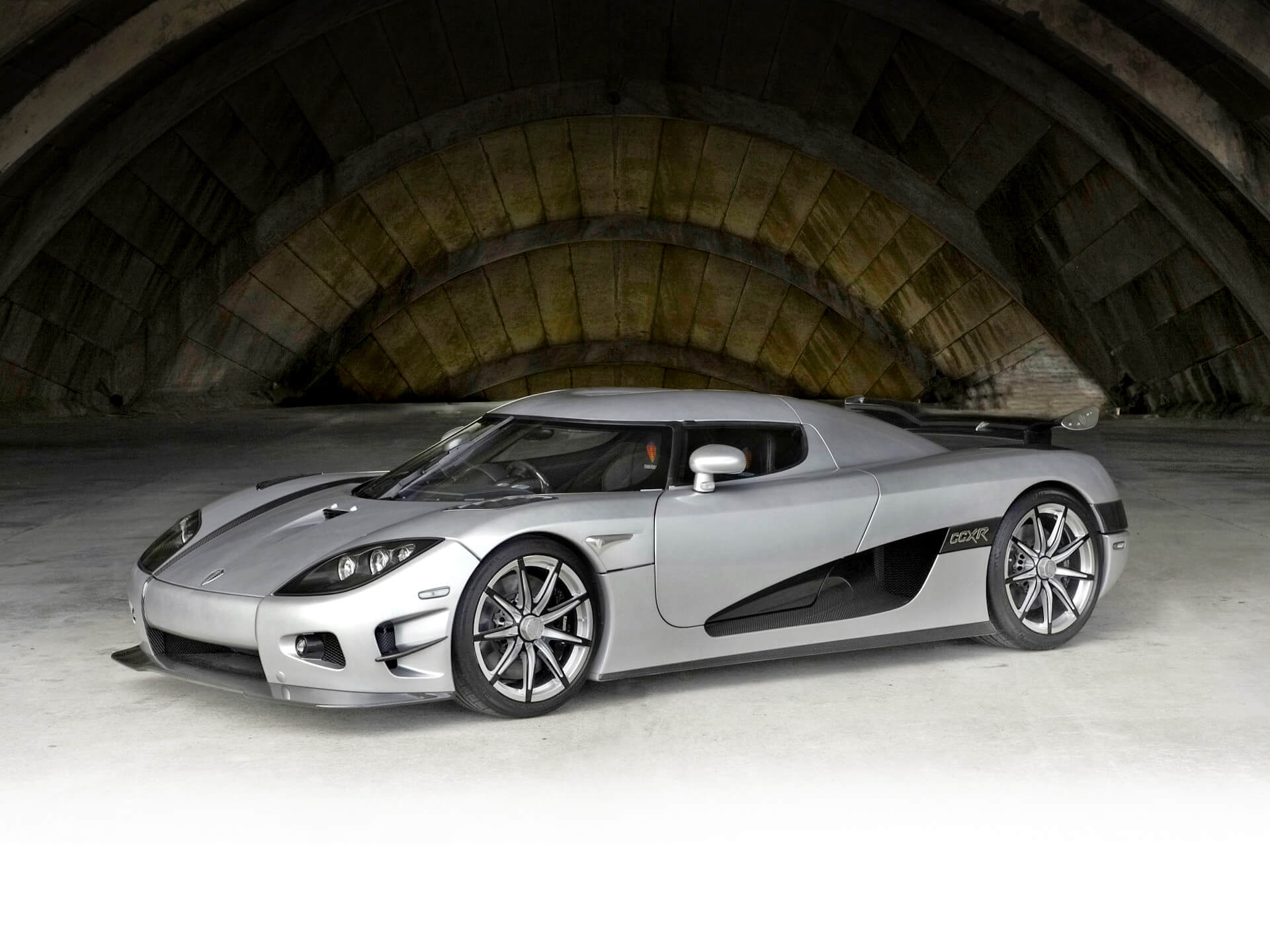
2009
- Releases plans for the “Trevita” (swedish for “three whites”), a special edition CCXR made entirely of diamond-coated carbon fibre. The initial plan was three vehicles however due to technical problems only two were ever made.
- Considers potential takeover Saab (but it doesn’t go ahead)
- Koenigsegg CCXR named by Forbes as one of the most beautiful cars in history

2010
Plans for the Agera are released at Geneva Motor Show.

2011
Koenigsegg Agera R sets a 0-300-0km/h record of 21.19 secs.
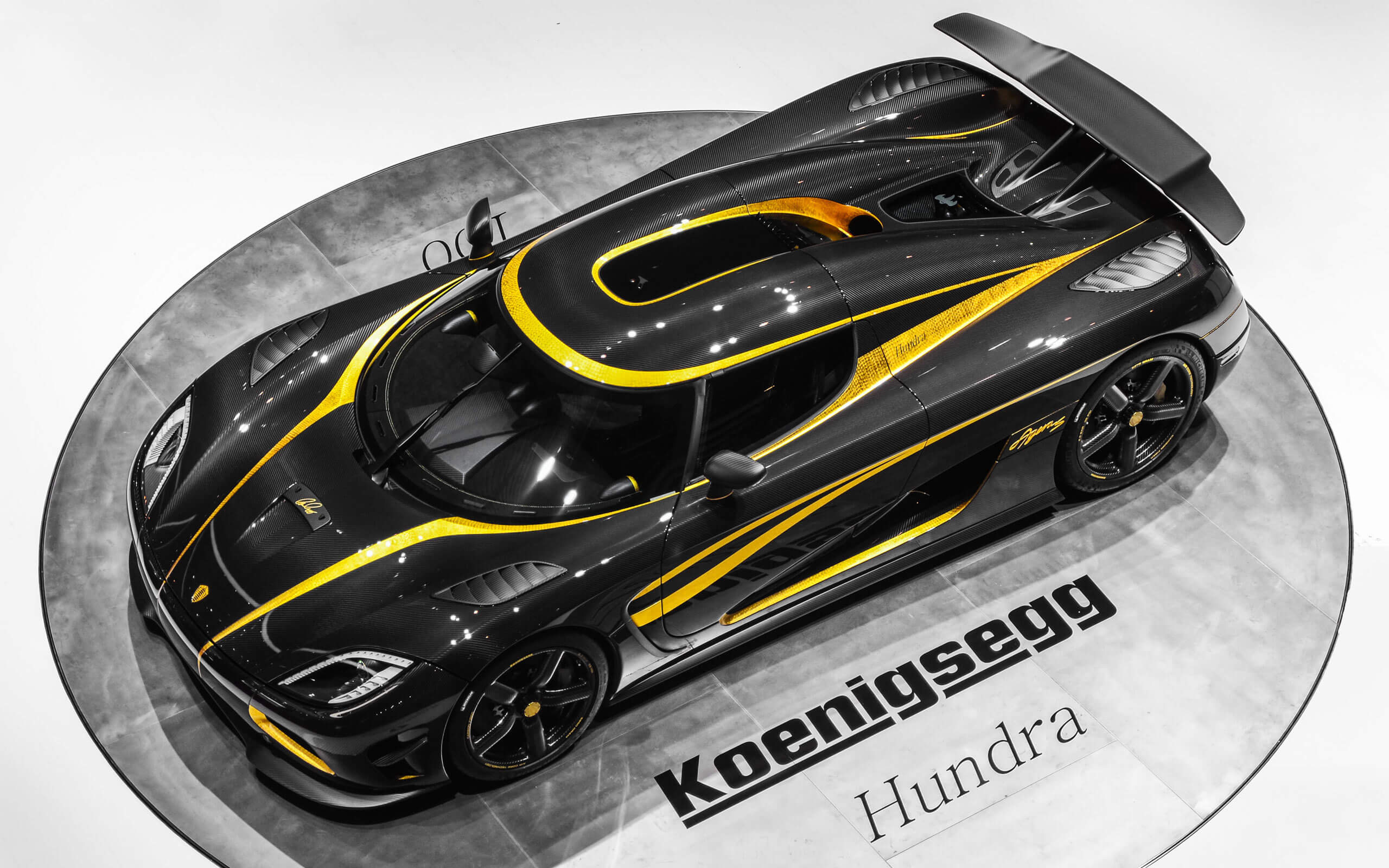
2012
Koenigsegg begins production on it’s 100th production car, the “Hundra” (Swedish for 100).
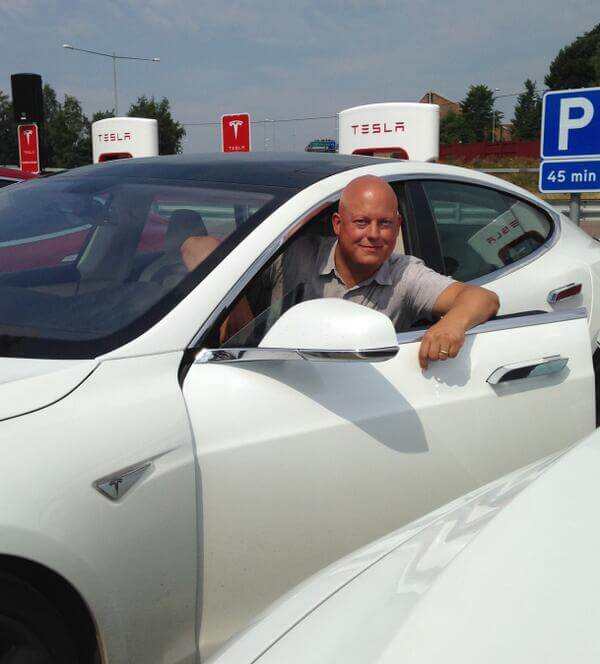
2013
Gets his first Tesla Model S and loved it. Became frustrated that Koenigsegg in its current form could not benefit from the advantages that direct electric transmission gives. Frustration leads to innovation – removes the entire transmission of the planned Regera and replaces it with a powerful direct drive electric motor and a small battery to support the power band of the combustion engine.
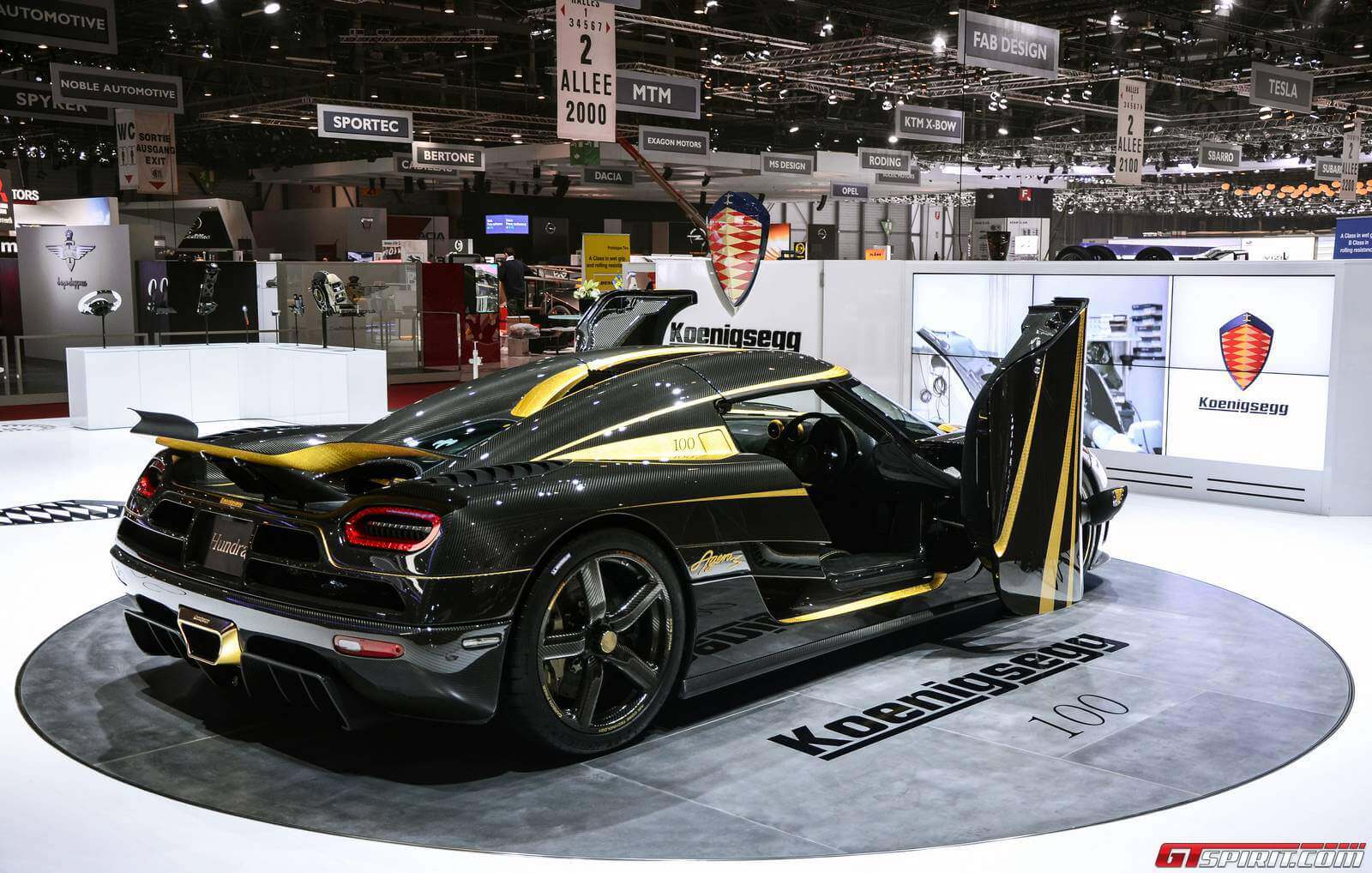
2013
Koenigsegg celebrates it’s 100th chassis (#7100) built with the Agera S and known as the “Hundra”, a gold leaf beauty thanks to the detailed work of master craftsman, Ettore “Blaster” Callegaro.
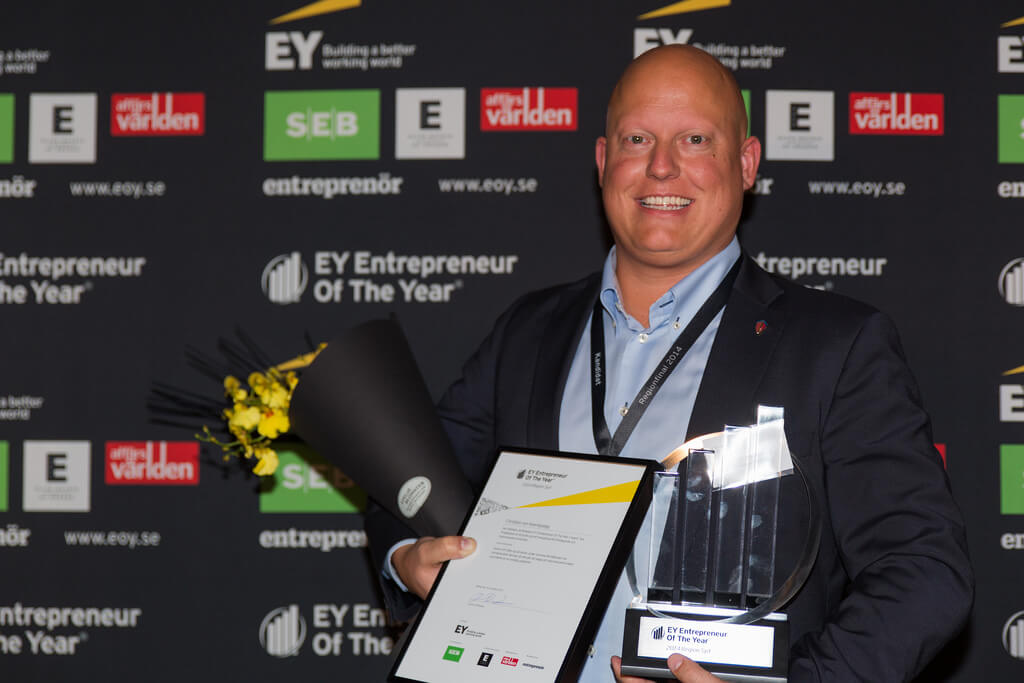
2014
Christian Von Koenigsegg announced EY Entrepreneur of The Year in South Sweden.
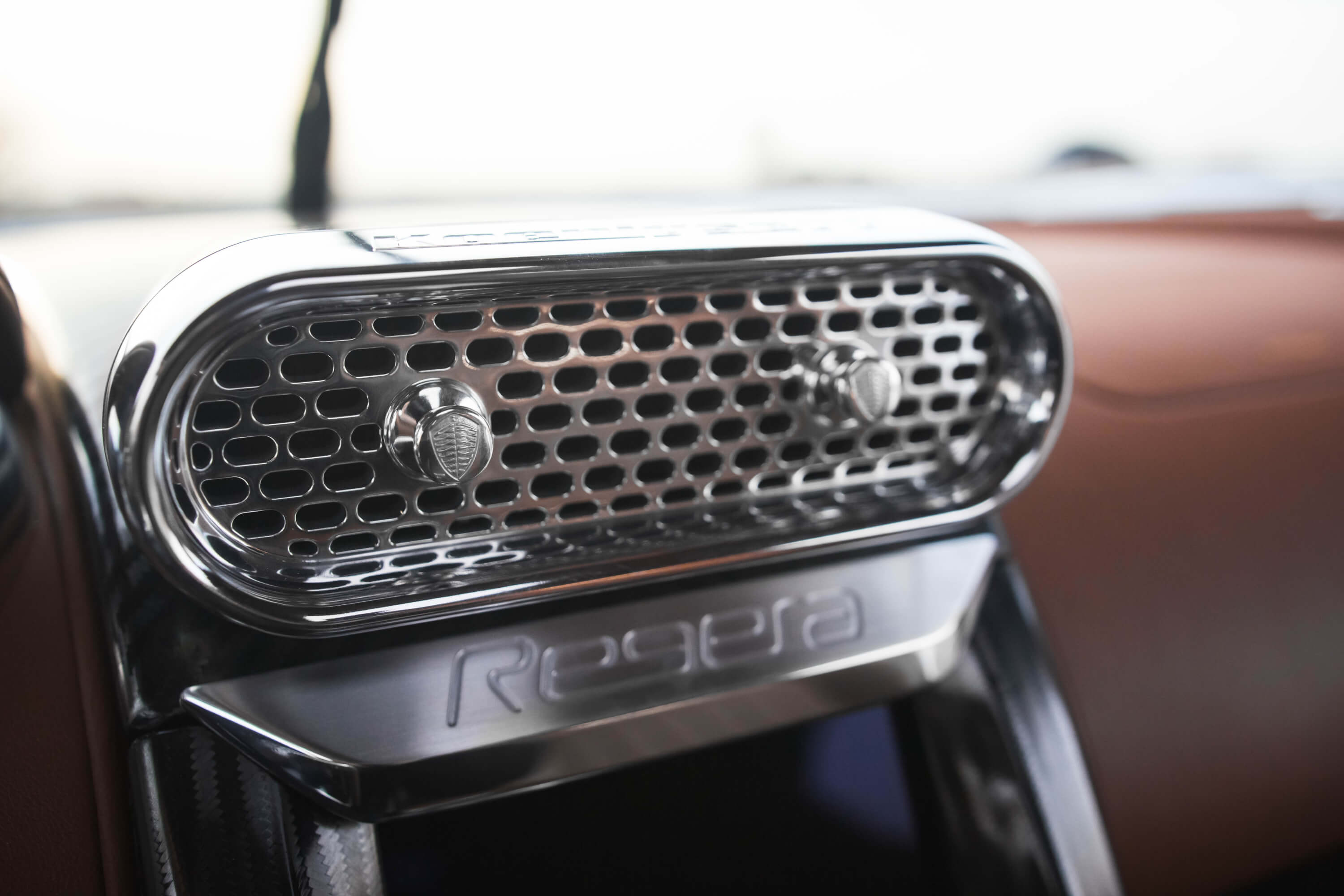
2014
Started work on the Regera in May
“I only build cars that I want myself, which can annoy some people because it means I take over a lot during the initial stages of development. We don’t look at what competitors are doing and follow them. There might be some subconscious benchmarking somewhere, but basically it all tends to start in my head. I always want to stay different. We have no place being similar. We’re from Sweden. We’re practical thinkers. We are innovators. We are undaunted and we’re a little different. It should always be that way.

2014
Koenigsegg is featured in the movie “Need for Speed”

2014
Preparing the The One:1 For It’s Debut
2015
19.95Seconds
One:1 sets a new 0-300-0km/h record
6One:1
Vehicles are built
7One:1
Vehicles are sold prior to production (7th is the factory development car)
20Regeras
Sold on announcement
1Agera RS
Unveiled at the Geneva Motor Show
70Staff
Koenigsegg AB grows
1Privately Owned
Agera HH driven by Lewis Hamilton for the LA to Las Vegas leg of the Gumball 300

And An Update

2016
Koenigsegg hosts its first “Owners Event”
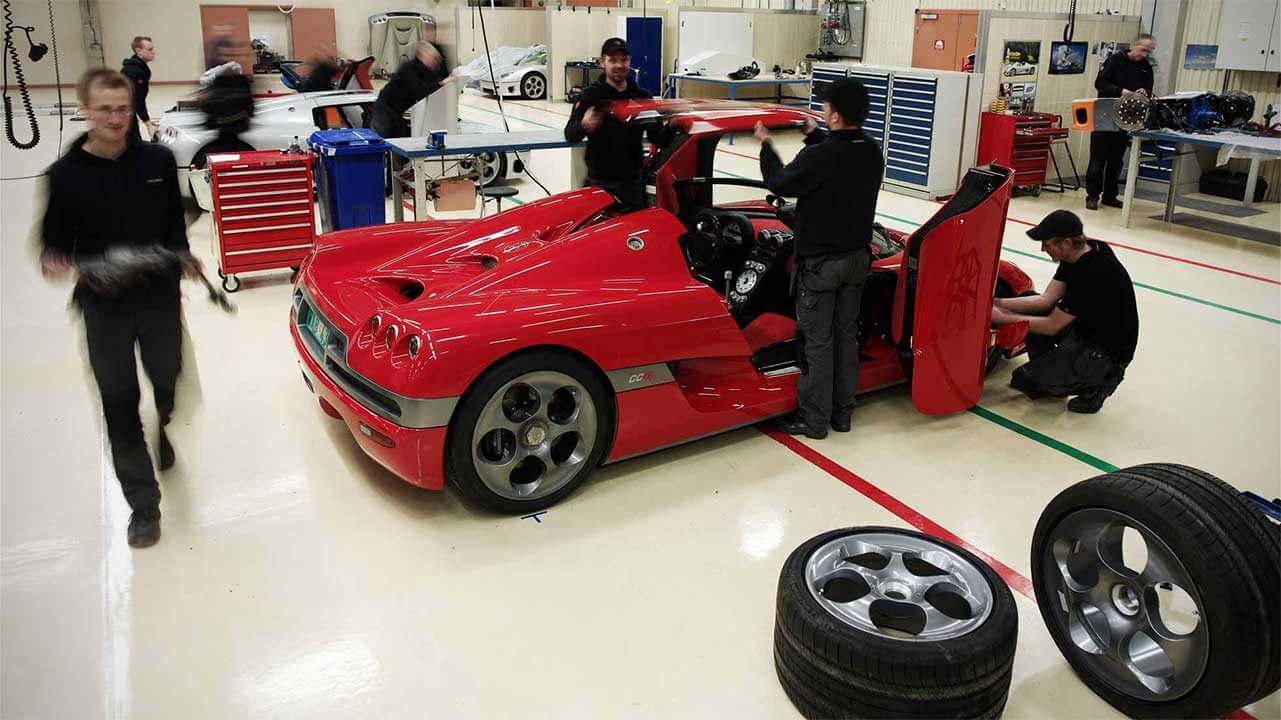
2017
Has expanded to 135 passionate Koenigsegg employees by January 2017 and recruits 40 more by May.
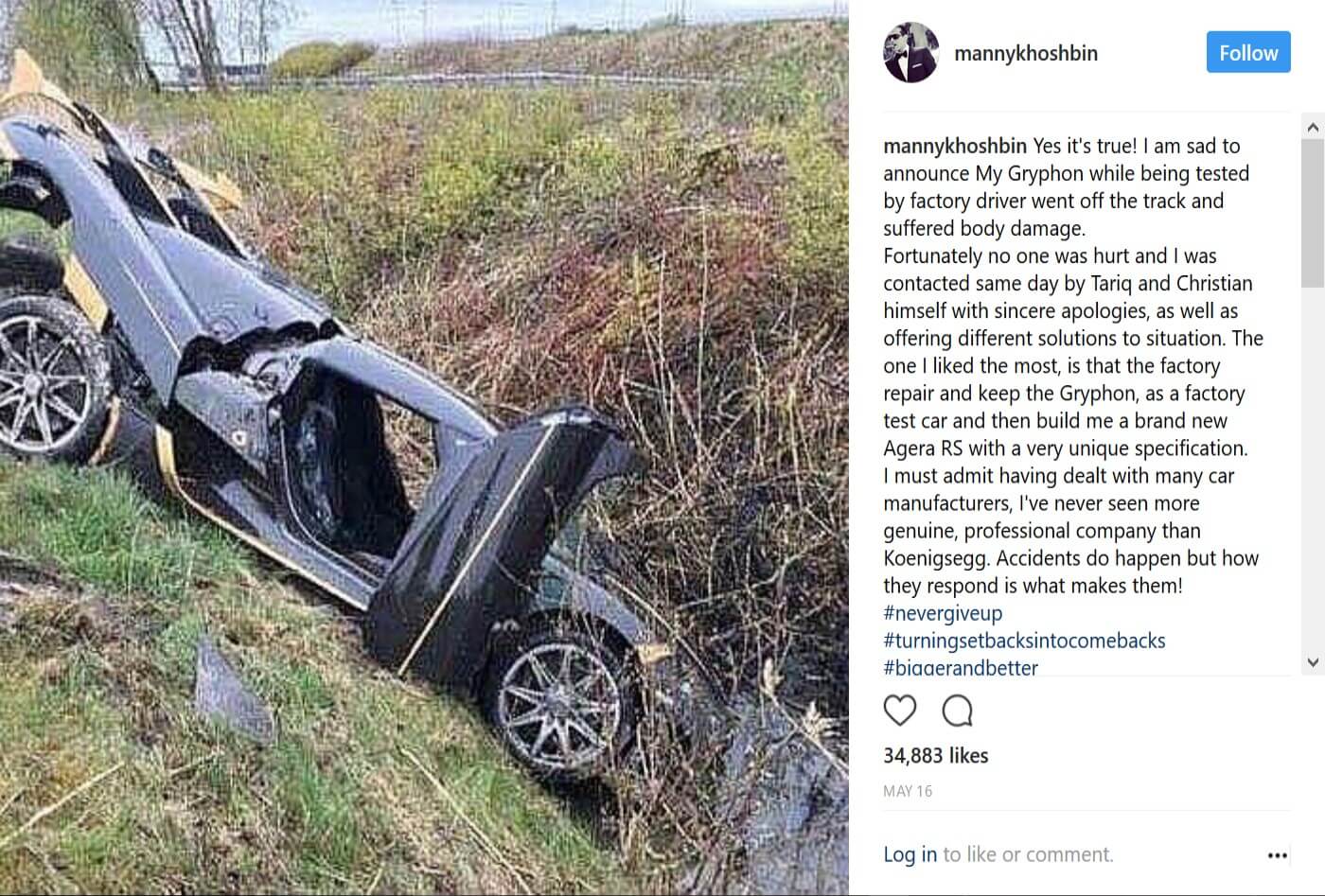
2017
Manny Khoshbin’s Agera RS crashes at the factory during test drives. Manny can’t speak highly enough of the way the situation was handled.
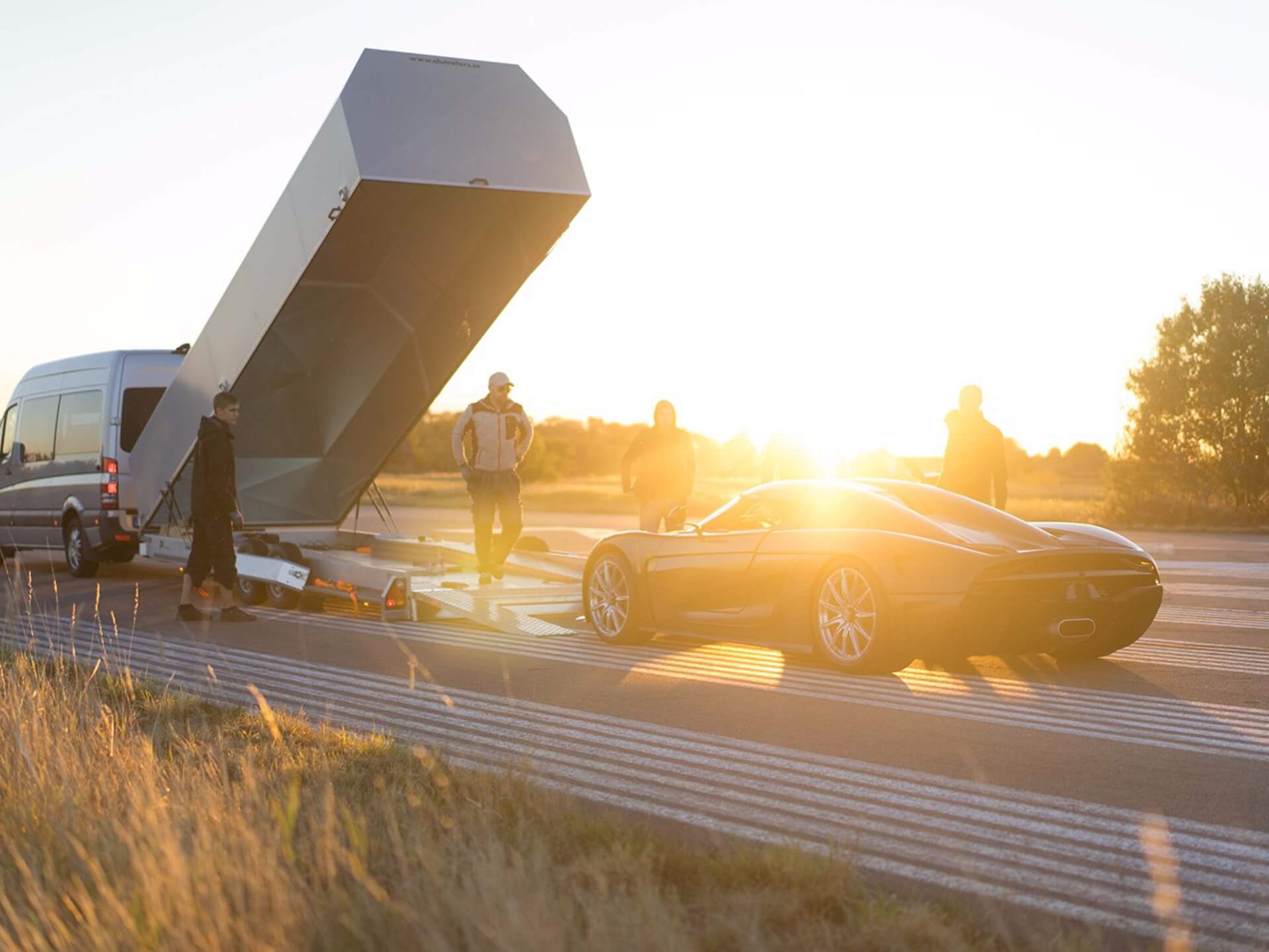
2017
Now has representatives in North America, Japan, UK, Norway, Mainland China, Taiwan, Malaysia, Singapore, Thailand, Oman, Saudi Arabia, UAE.
